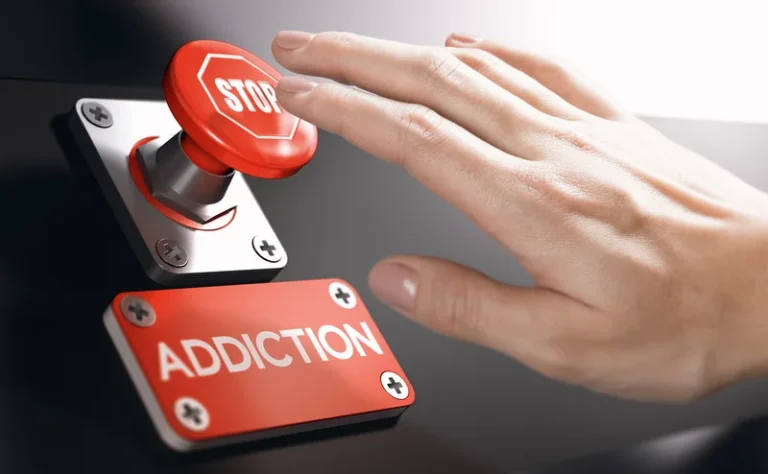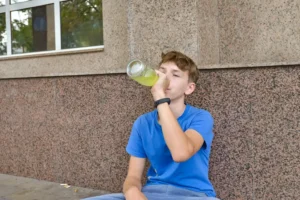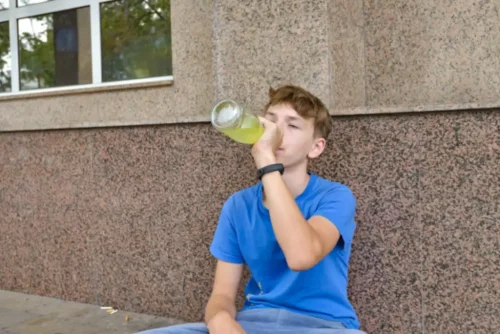
Once individuals reach the preparation stage, they Oxford House actively plan to take action. They may start setting goals, seeking support and researching treatment options. This phase involves making practical arrangements for recovery, such as finding an addiction treatment program, notifying loved ones and preparing for the challenges ahead. It’s a time of significant decision-making and organization, where having a clear plan can help increase the chances of a successful transition into active recovery. Drug abuse refers to the harmful or hazardous use of psychoactive substances, including legal and illegal drugs.

The Stages of Change: A Roadmap to Lasting Recovery
This final stage circles back to the intoxication stage once a person uses drugs again. It involves an intense rush of pleasure as the drugs activate the brain’s dopamine system. The Life Course Perspective demonstrates that recovery is affected by age and other life stages. Understanding these differences can help tailor interventions effectively.
Signs You Need To Go To Rehab

Incorporating mind-body relaxation techniques is vital for managing stress and anxiety, both of which can trigger relapse. Practices such as meditation, yoga, and deep-breathing exercises promote mental clarity and emotional stability. These techniques not only help individuals calm their minds but also foster a stronger connection between mind and body, enhancing overall well-being and resilience in the recovery journey. Alcohol or drug use at this stage is typically causing significant problems in the person’s life, yet they continue to use despite the known harmful consequences. The person may experience feelings of powerlessness as attempts to quit or cut back on one’s own repeatedly fail.
- It’s a complex, chronic brain disorder characterized by compulsive drug seeking and use, despite harmful consequences.
- Even though the model is fraught with flaws and lacks research support, one of the most popular models of the development of addictive behavior is the Jellinek model.
Signs of Addiction

They may seem the same after two glasses as they did after one—that’s because their tolerance increased. A men’s-only residential treatment facility designed to give men lasting recovery from alcohol and drug addiction. They can also happen between stages, like tolerance development and dependence formation, when someone tries https://ecosoberhouse.com/ to stop their use but starts again. Along with feeling physically sick without it, you’ll experience cravings and urges to use the substance.
- Many drinkers are arrested for a DUI at this point, and all users will likely see their work or school performance suffer notably.
- They will experience the so-called rewards such as less social anxiety or less anxiety.
- This first use of drugs or alcohol might be all it takes to form an addiction due to the rush of dopamine to certain neurotransmitters in the brain.
They weigh the pros and cons of changing their behavior but may still hesitate to take immediate action. This stage is significant for emotional processing and understanding the personal implications of addiction. Long-term recovery depends on developing healthier strategies to manage stress, anxiety, and emotional challenges.
- These changes result in an individual being unable to make rational choices.
- Drug tolerance and drug intolerance are two distinct phenomena related to the body’s reaction to medications.
- The focus is on addressing underlying issues, developing coping strategies, and working towards recovery goals.
- It typically progresses through various stages, each offering the opportunity for intervention and recovery.
- While it is certainly true that chronic drug misuse does result in significant brain alterations, individuals still retain some important aspects of choice unless they suffer significant global brain damage.
- You may practice these skills in professional treatment, like joining a relapse prevention group in rehab.
- Cultivating new ways to handle stress and regulate one’s emotions is essential for long-term recovery.
The goal is to prevent the relapse from evolving into active addiction by utilizing recovery tools and resources effectively. Each case will differ, making personalized approaches to recovery and relapse how to break the addiction cycle prevention crucial. Drug tolerance occurs when an individual experiences a diminished effect of a drug after its repeated use, necessitating an increased dosage to achieve the original effect. This phenomenon can happen with various substances, but it is particularly notable with alcohol and opioids. A person can break the cycle at any point, as long as they get the right help. Understanding the five stages of addiction recovery can also be helpful for addicted people and their family members.
Relapse
Hiding and spending more time alone can be a sign too, as this would keep other loved ones from noticing some of the more obvious signs. Repeatedly recognized as Newsweek’s best treatment center in California, they offer highly personalized, non-12-Step care using evidence-based and holistic approaches. A lakefront oasis providing a continuum of personalized addiction treatment surrounded by scenic views with private rooms, luxury amenities, and group outings. The first step in breaking any cycle is acknowledging that there’s a problem.

